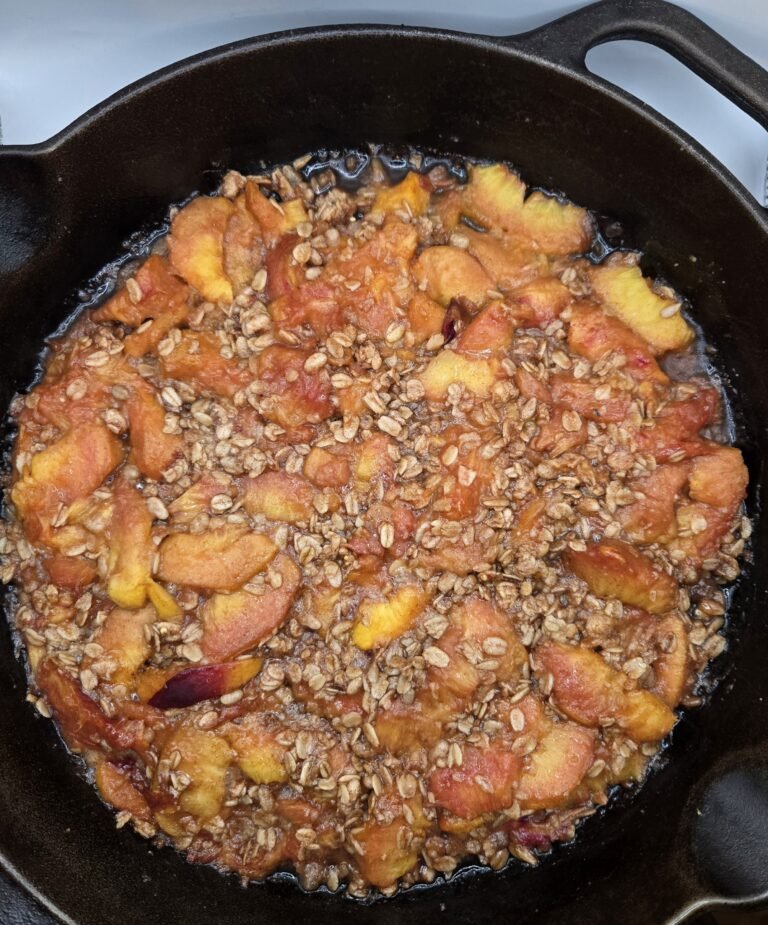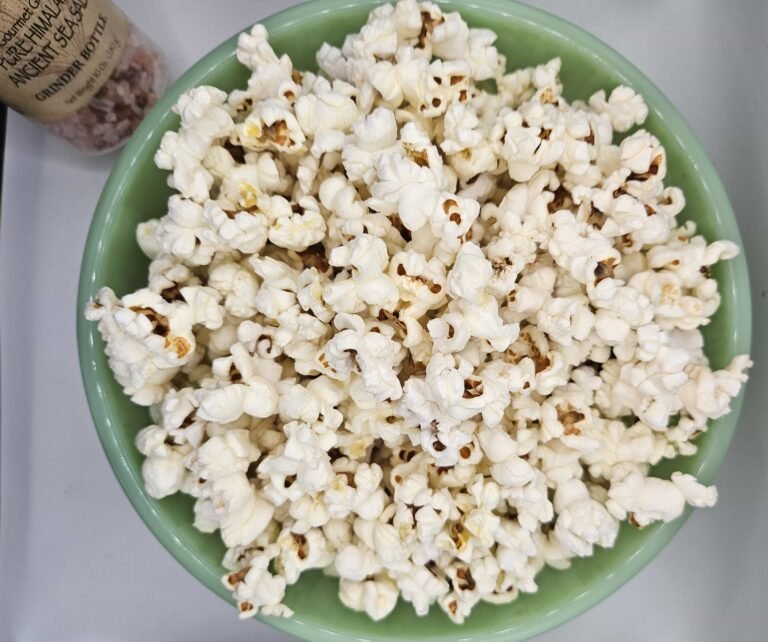
When we got to Moscow with two kids we were adopting, we met up with my ex-pat cousin and he took them to an American diner burger joint and fed my son more than he was probably used to eating in a week. Afterward we had to take them to one of their scheduled doctor’s check-ups. The doctor was asking my son some questions in Russian and then told us, “He says that his belly hurts because he ate too much.” Oops, getting narked out by my own kid and we didn’t even get home yet. The funny thing is that he did not like that overfull feeling and has not liked overeating since; he’ll even skip dessert if he feels like he had enough dinner. Wish I could do that.
Today I thought we’d talk more about kids and food, specifically how to get kids to eat just about everything. Kids do not need their own menu. They do not need a hot dog or chicken tenders when everyone else is having Chinese, Mexican, a vegetable casserole, or anything else. Too bad whoever thought of the first “Children’s Menus” at restaurants didn’t make kids’ portions of the adult meals. Even cooking magazines sometimes have “kid friendly” versions of the recipes. The only way kids learned to like a hot dog was by eating it; they need to experiment so they don’t get out of college and have to order chicken tenders. I remember one of my cousins marrying this girl who couldn’t cook and would barely eat anything but macaroni and cheese; she had the kitchen make her a special plate at her wedding.
You don’t always like food the first time you try it. Maybe you’ll never like it. But keep trying it just in case. I keep trying anchovies – so far to no avail. When you serve food to kids, put it on the table or a little on their plate, and they can either politely give it a try or not – every time you serve it – it might take a dozen times. They don’t have to sit there until midnight trying to clean their plate, like we had to do when we were kids; even a forkful is success.
When I got married, my husband said he hated brussels sprouts, cauliflower, and I think there were a few others on the hate list. But I made them different ways and he loves all of them now. He had frozen vegies growing up and I mainly had canned. I suggest first making a hated food – fresh, of course – with a variety of herbs or spices including garlic, maybe with some toasted nuts, and covered in melted cheese. Then back off on the cheese a bit after you get buy-in.
My daughter was seven when she arrived here from Russia and the first time she tried broccoli she hated it. She told her older sister, “Tell Mom I’m allergic to broccoli.” (Not sure why she thought I would believe it more second hand.) Now it’s one of her favorite foods and she doesn’t remember ever not liking it.
The only thing my son hasn’t liked so far was pickled red cabbage at someone’s house. I never make it so I don’t care. He’ll actually eat much spicier food than me, and loves anchovies.
I was sitting next to this guy on a plane recently, Ryan from Washington D.C. He has two sons ages 3 and 6. He pointed out that letting kids select food at the farmer’s market is a great strategy for getting them to eat it. His kids pick out something they want to try from Eastern Market. If they give it an, “Ew, what is that?” look when it’s served, he reminds them, “This is the cool thing you picked out at the market, remember?” And they have a quick change of attitude and dig in.
Kids growing and picking food goes a long way toward eating it too. Besides that you don’t get any better tasting food than what you just picked, there’s the whole connection to the earth and watching the fruit of your own labors, literally, and the pride that comes with producing your own meal.
Kids love to help in the kitchen. Very young children can help stir; they love mixing stuff together and often never grow out of it. In a study at Teachers College at Columbia University, children from kindergarten to sixth grade took part in a nutrition curriculum that included cooking workshops. When children were involved in cooking their own foods, they were more likely to eat those foods in the cafeteria, and even ask for seconds, than children who had not had the cooking class.[1] As soon as they’re coordinated enough, they love to use the measuring spoons and cups and of course, the tough one, crack eggs. They can do a lot more than lick batter off of a spatula, right?
Parents are the role models, so don’t buy what you don’t want everyone to eat, and eat healthfully in front of your children. M. Hood at Boston University School of Medicine, showed a direct connection between parental role modeling of healthy eating behaviors including fruits and vegetables and a child’s dietary intake that can start a lifetime of cancer-fighting food habits.[2] When the kids see your interest in growing, cooking, eating, and celebrating healthy food, they pick up on it. Let me know what other ideas you have about kids and food.
[1] “Beyond Cupcakes: Children in the Kitchen,” Teachers College Columbia University, Dec. 2008.
[2] “Parental eating attitudes and the development of obesity in children,” Hood MY, Moore LL, et al. The Framingham Children’s Study. International Journal of Obesity and Related Metabolic Disorders, Oct. 2000; 1319-25.




